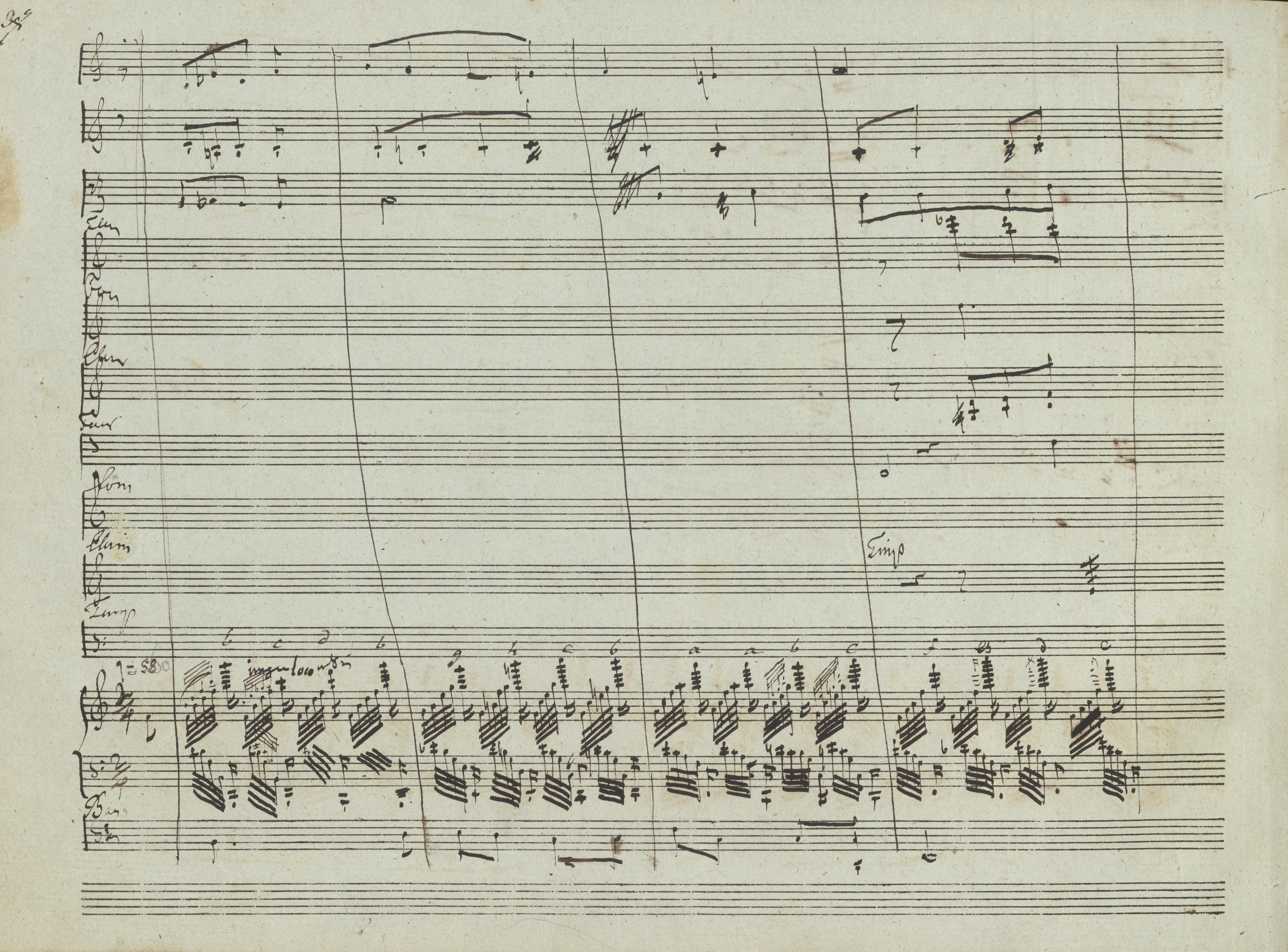Op. 2, Variations in B♭ major
Op. 10, 12 Etudes
Op. 11, Concerto in E minor
Op. 21, Concerto in F minor
Op. 22, Polonaise in E♭ major
Op. 24, 4 Mazurkas
Op. 25, 12 Etudes
Op. 26, 2 Polonaises
Op. 27, 2 Nocturnes
Op. 28, 24 Preludes
Op. 30, 4 Mazurkas
Op. 35, Sonata in B♭ minor
Op. 50, 3 Mazurkas
Op. 63, 3 Mazurkas
Op. 64, 3 Waltzes
(Op. 4), Sonata in C minor




Op. 2, Variation IV, primitive version
Except the metronomic tempo, the only performance marking in AsI is the slur over the 1st hemidemisemiquaver figure in bar 1. It was certainly put there as a model for all such figures, both in the right and in the left hand, which is proven by the A notation, in which these slurs were added to all figures. Due to the above, we do not consider this difference a variant, since it simply results from the working nature of this score. The version without markings can be seen by choosing AsI as the text source and, if necessary, by making some substitutions in particular notes. We adopted a principle according to which when substituting the versions, the markings are provided as in the output source, that is versions introduced into the AsI text are devoid of them, while versions introduced into the A text are provided with markings corresponding to the ones that were present in A.
Compare the passage in the sources »
category imprint: Differences between sources
notation: Slurs

